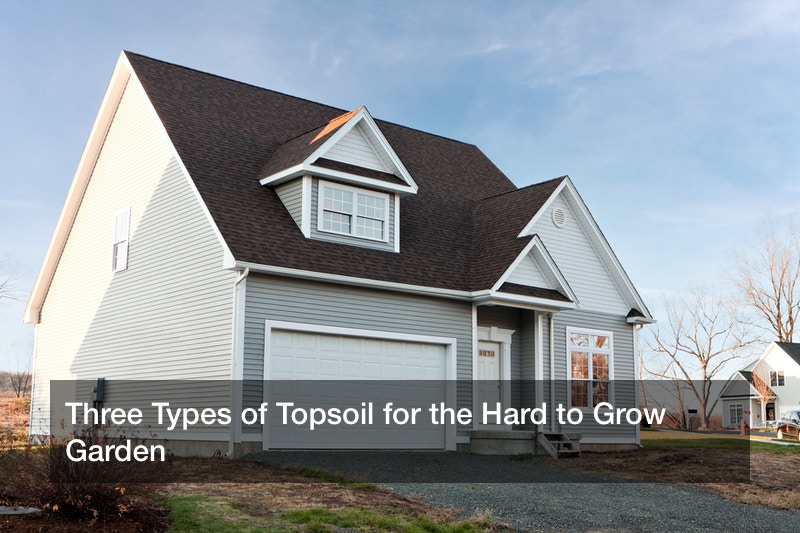
Are you a home gardener trying to cultivate a beautiful garden with few results?
Do you wonder: What could make my plants or vegetables grow? It’s easy to get discouraged when there aren’t really any fruits coming out of your labor.
You know about sunlight and about watering, but you may be mystified by another important ingredient: soil. Without knowledge about the best types of topsoil for the plants you want to grow, it’s unlikely that you’ll see any success as a home gardener. Fortunately, we’ve got the answers you’re seeking about how to tell if soil is good and different soils for plants you’d like to grow.
How Does Soil Affect My Garden?

Soil can lead to growth in your garden if it’s effective. Unfortunately, it can also lead to decay if it’s not. The right soil lets enough water run through to avoid drowning plants, but keeps enough water to hold nutrients at the roots. Some people believe the dirt in their yard is fine. But they might be mistaken. Do you know how to tell what kind of soil you have in your garden and if it needs to be different for effective plant growth? Fortunately, it’s pretty easy to tell what kind of soil you have based on the soil type of your geographical location. There are examples from around the country:
-
-
- Georgia planters drill into hard, red clay to form a garden.
- Florida has sandy, gritty soil that doesn’t hold enough moisture.
-
In short, soil matters. IF you want to learn how to make soil better for your garden, you first need to learn what types of soil are available and effective for your climate and the plants you’d like to cultivate.
Types of Soil to Use in Your Yard

Sand
Sand is a highly variable soil, meaning it depends on the rock in the area. There are two types: silica and aragonite. Silica is made up of quartz, whereas aragonite is formed over billions of years from shellfish and coral.
Sand is used for numerous industries, from construction to agriculture. For gardeners, sandy soil is a problem. Water runs through it; nutrients are lost and plants tend to wither. Sand makes up types of fill dirt, which have no organic matter.
Clay
Clay is formed from dying organic substances. They are typically dried plants and powder rocks. Clay is impermeable to water. People use it for dams, pottery, dishes, landfills, and construction. If you’re looking for the best types of dirt for landscaping, clay is typically a pretty popular option.
That being said, clay kills plants. It’s great for dams and terrible for gardens. Water gets logged in clay. Plants become drowned in water, withering, then dying. It is also used in types of fill dirt.
Loam
Loam is the pride and joy of many gardeners. You want to know how to get good soil in your garden? Loam is going to be your best friend. It contains three substances: sand, silt, and clay. The proportion varies, creating sandy loam, silty loam, and clay loam. Loam is found on fertile lands and farms.
What makes loam great for gardening? Loam drains well but not too much. It holds nutrients around a plant’s roots. It also contains humus, which is the remnants of decayed organic matter. It keeps soil moist longer than others. Loam contains minerals in abundance, sometimes more than 45%, which are the healthy soil guidelines.
Those three are topsoils, which are the upper layer of a garden. Topsoil is different from fill dirt. Types of fill dirt are used for building up landscapes or construction. Fill dirt helps with stability.
Because soil is measured by texture and fertility, it makes sense that topsoil and fill dirt would have different uses. Many plants require different pH levels, which is a measure of soil acidity. This varies according to topsoil type and fill dirt.
Those are three options for different types of topsoil in your garden. As a home gardener, whether you’re just starting out or you have a little bit more experience, it’s important to understand what the best types of topsoil are for your garden.
